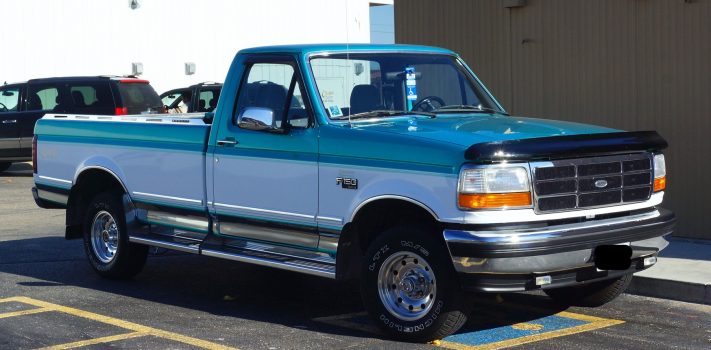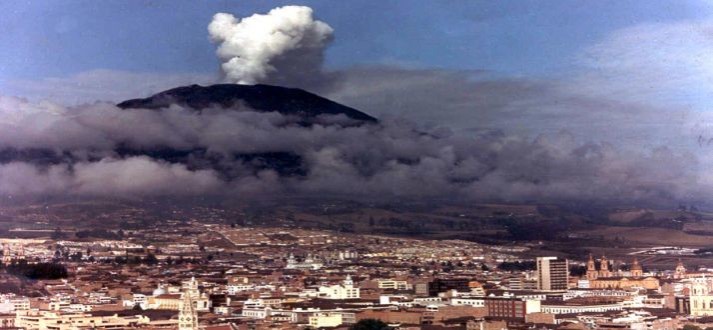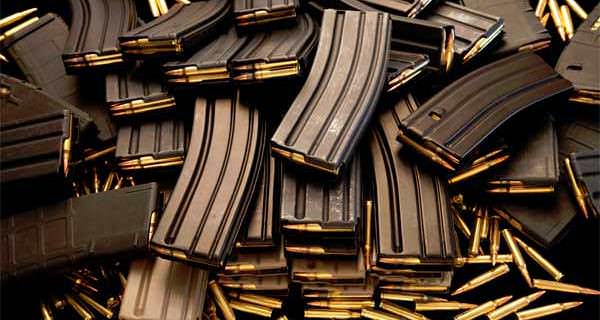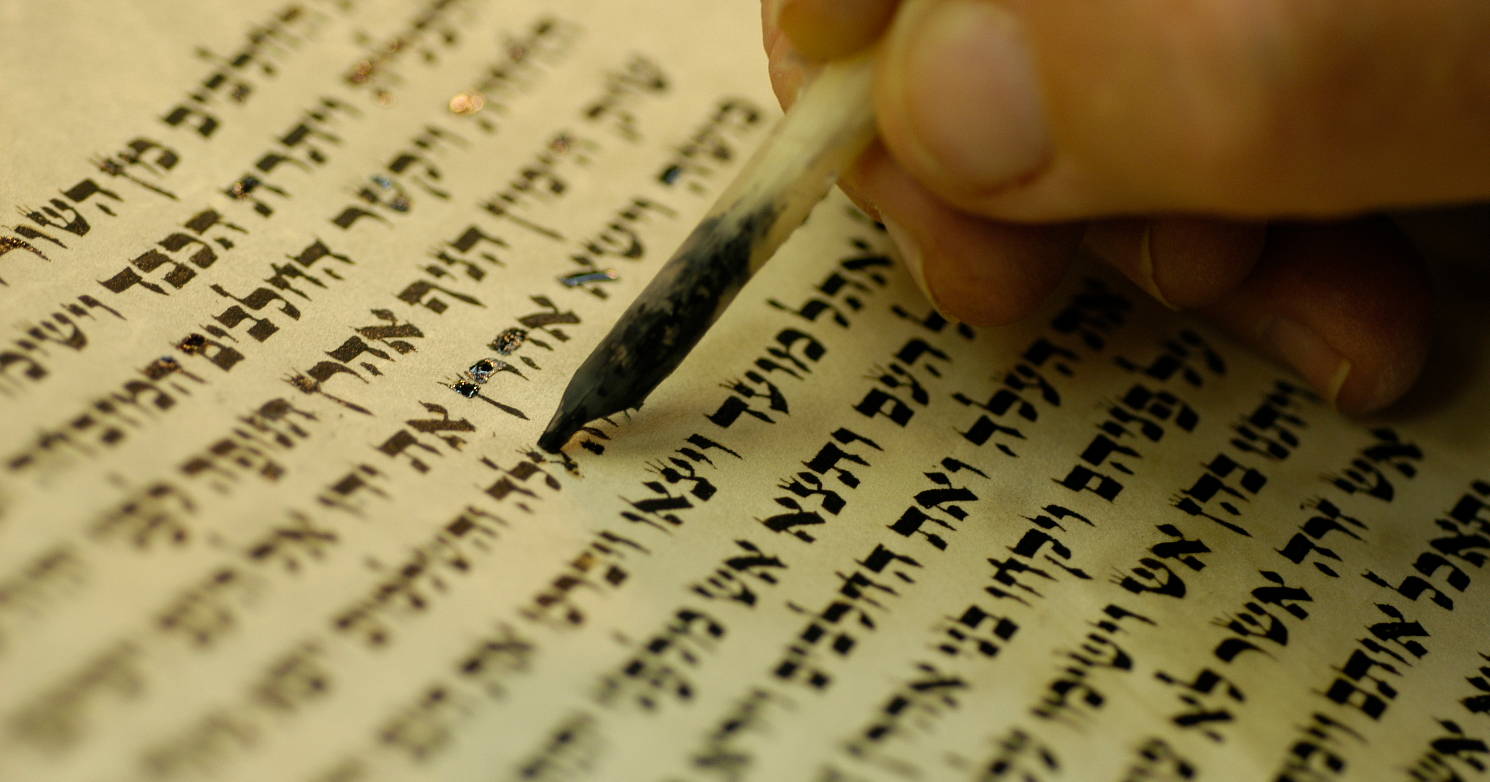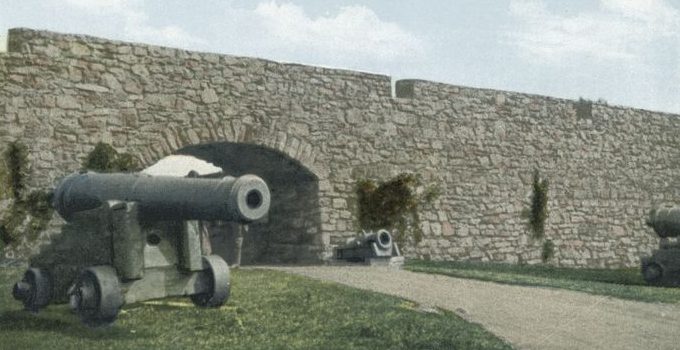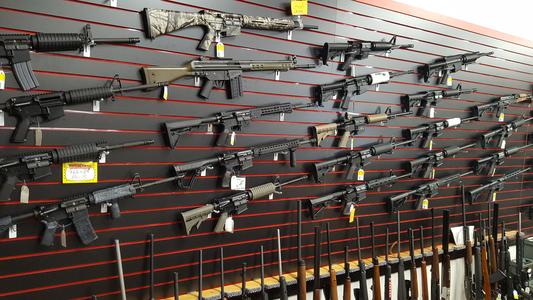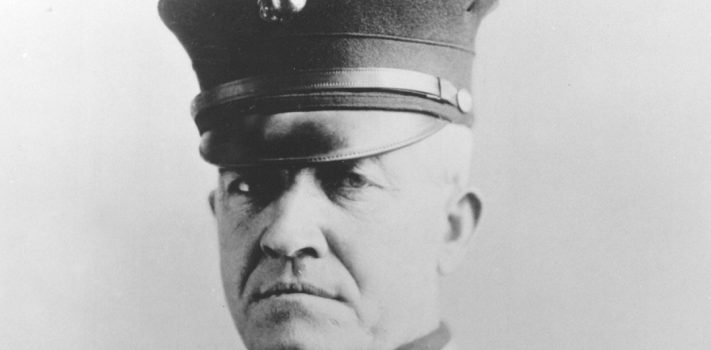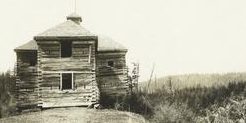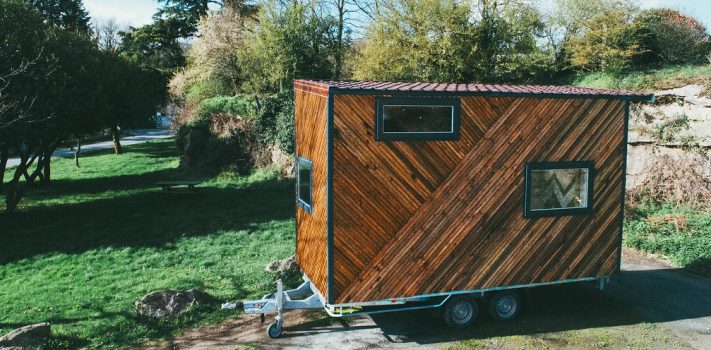(Continued from Part 1. This concludes the article.)
Using one side of my mechanic friend’s two-car garage, the gasoline engine was removed and the 4BT was prepared for test fitting by pressure washing the engine and scrubbing down with degreaser. One of the top killers of diesel engines is high exhaust gas temperature (EGT), which can occur under hard use and heavy loads and can melt the pistons and cylinder rings. To monitor this temperature, the turbocharger was also removed, the exhaust manifold was drilled and tapped for an aftermarket pyrometer, and the turbo re-installed. It is important when monitoring the EGT to do so in the manifold and not in the exhaust pipe due to heat loss through the turbo. To ensure that the engine was receiving adequate fuel, the banjo bolt connecting the lift-pump hard fuel line to the fuel filter housing was removed and then drilled and tapped to accept an aftermarket fuel pressure sensor.
Since the manual transmission was being retained, a universal flywheel tachometer adaptor from Dakota Digital was used to work with the original tachometer. It is important to get an accurate count on the number of flywheel teeth before bolting the engine to the transmission (ask me when this was found out), as the adaptor has a control box which requires you to set a series of switches so that the signal to the tachometer is correct. Once this is done, the unit works flawlessly.
Following the recommendation from the 4BTSwap web site, the stock diaphragm lift pump was replaced with a higher-performing piston-style unit. The engine was than lowered, dummy bolted to the transmission, and blocked in place. Using cardboard, we mocked up motor mounts which were cut out of scrap 1/4″ steel plate by using a handheld oxygen-acetylene torch and stick welded together. The resulting mounts were hardly show-worthy but have proven to be more than sufficient over the years.
The engine was then installed properly and bolted into place. The existing fuel tank was re-used after being dropped, drained, and rinsed out with diesel fuel several times. The stock fuel line was reused and we left the in-tank fuel in place but removed the fuse from the circuit. It is important NOT to use the in-tank fuel pump because it operates at a much high pressure than the 4BT fuel system is designed to handle on the incoming side, which can blow out seals in the lift- and injector-fuel pumps.
Exhaust Work
Moving onto the exhaust, the downpipe was slightly modified to clear the passenger side firewall-transmission tunnel seam. The downpipe was temporarily connected to the existing exhaust system by using flex pipe. A local exhaust shop later replaced the flex-pipe with a correct and much more sturdy exhaust pipe.Continue reading“Lessons Learned from My First Bug Out Truck – Part 2, by H.J.”

